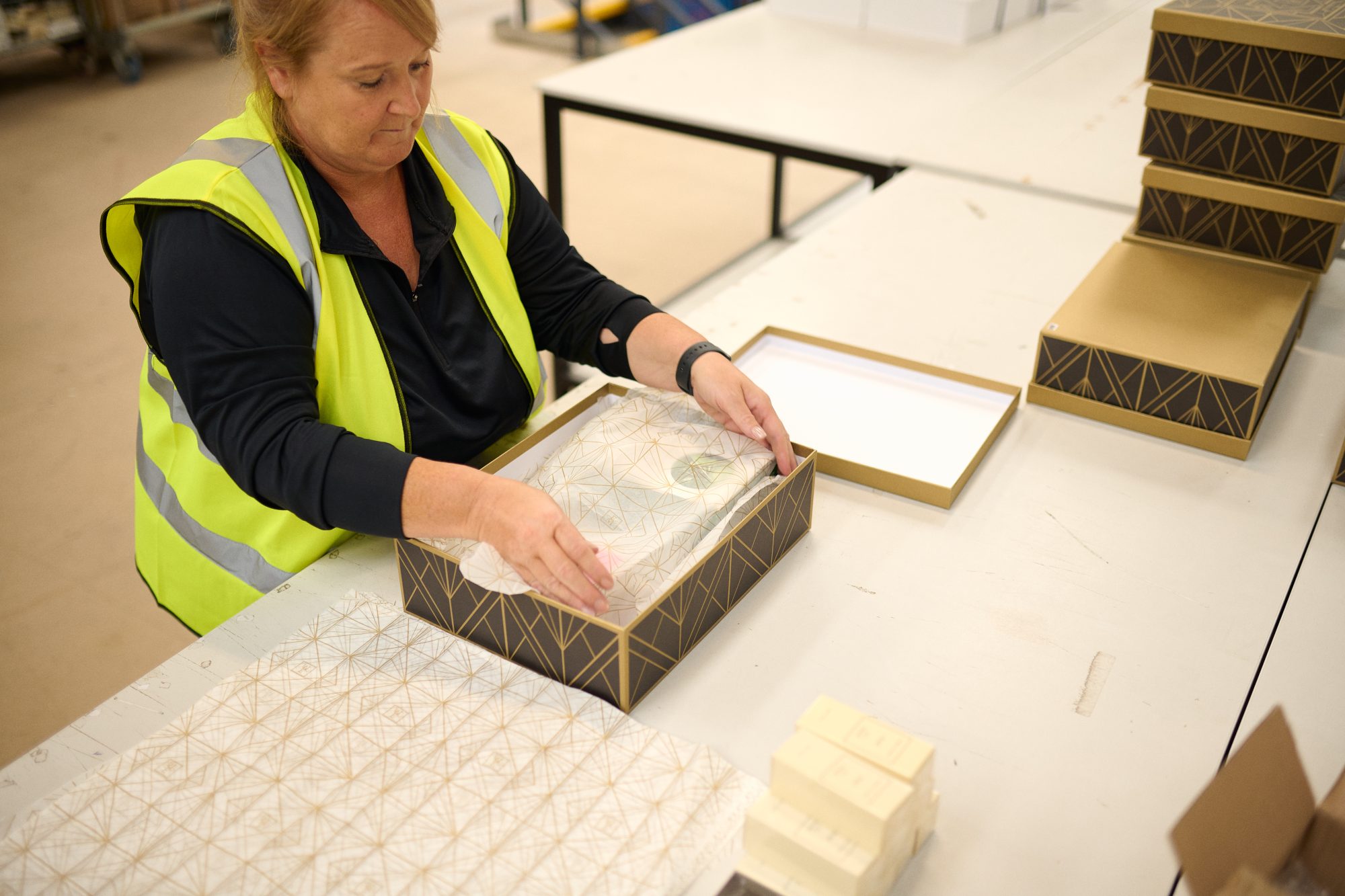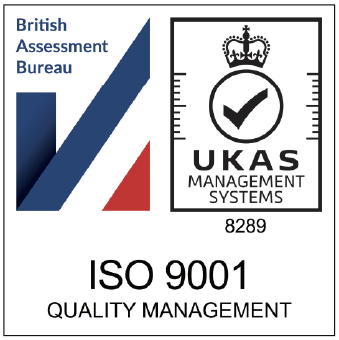Have you ever eagerly ordered a product online, only to be filled with disappointment when it arrives damaged? It’s an experience which can damage brand reputations and result in losing loyal customers. If you want to ensure this doesn’t happen to your eCommerce brand, discover the best ways to prevent product damage during shipping now…
The importance of packaging your products correctly
It may seem like an obvious point, but it’s essential that your products are packaged correctly before they are dispatched to customers.
Damaged products not only cause heartache and dissatisfaction for consumers, but they are a real headache for retailers too – who often have to absorb the cost of replacing damaged items.
It’s not a minor problem, either. According to research carried out by the Citizens Advice Bureau, approximately two in three people (69 per cent) who shop online have ‘had parcels go missing, damaged or turn up late’.
Another survey conducted by research body Statista in 2019 found that damaged products were in the top five reasons for dissatisfaction with online retailers amongst consumers.
Yet another piece of research from packaging company Sealed Air found that approximately 20% of eCommerce returns can be attributed to damage to the product.
It’s clear, then, that product damage during delivery is not only a widespread issue but a serious one amongst consumers.
So, what can you – as an eCommerce retailer – do about it? In the next section of this article, the 3PL team will provide you with their top tips to prevent product damage during shipping.
How to prevent your products from being damaged during shipping
As you’re about to see, there are a wealth of ways in which you can prevent your products from being damaged during shipping. Some are simpler than others, but they all have one thing in common; they’ll result in fewer damaged products and happier customers!
1. Use quality packaging
Packaging is one of those areas where it can be all too tempting to cut costs. However, given the volume of returns that can occur as a result of damage, cheap packaging almost always turns out to be a false economy.
Consider using packaging such as corrugated cardboard boxes, custom folding cartons, or rigid boxes, which will provide an enhanced level of protection beyond that which you would get from cheaper packaging materials such as poly bags.
2. Choose the correct size packaging
One of the most common reasons for damage to products during shipping is that they’ve been shipped in the packaging of the incorrect size.
Ideally, the box or packaging you use should only be slightly larger than the product you are shipping. The closer you can align the size of your packaging with your products, the better.
For a great example, think about Apple products. The size of their packaging is so closely aligned with the size of their products that they almost have an ‘airtight’ style seal. This ensures the products are maximally protected during shipping.
Having said that, though, you do need to ensure there is enough room for a decent amount of dunnage (dunnage being the packing materials that help cushion the product in the shipping box).
3. Wrap your products
This is an especially important point if your products are fragile, prone to breakage, shattering or being scratched or dented.
Depending on the type of product, you’ll want to use a particular type of dunnage (e.g. wrapping material). For example, if you’re sending items such as ceramic mugs, then you’ll want to ensure they are wrapped in very thick bubble wrap in addition to being held in place with cardboard frames to prevent excessive movement.
4. Fill all empty space
When we said earlier that you want to reduce the amount of empty space in your packaging, we meant it!
If you can’t completely eliminate empty space in your packaging (e.g. you’re struggling to find boxes that are a very close fit to your product), then you at least want to fill that empty space with protective material.
Think of those times when you’ve opened a package and – aside from the product – the box has been filled with packing peanuts, bubble wrap or packing paper. That’s done deliberately to ensure your product is cushioned and arrives with you in one piece.
5. Use ‘fragile’ labels
You can significantly reduce the amount of breakage you experience by adding ‘fragile’ labels to your packages.
Make these fragile labels clear enough, and you’ll be giving couriers a clear indication that they need to take care when handling your deliveries!
6. Use shock absorbing packaging materials
If you really want to be confident that your products are going to arrive with your customers in one piece, consider investing in shock absorbing packaging materials.
In recent years, shock absorbing packaging materials have become quite advanced, with available solutions including shock absorbing ‘floors’, die-cut foam inserts, and stabilisation blocks.
These materials can significantly reduce the effects of shock and vibration on your products – which are the key causes of damage to products during transit.
7. Do a trial run!
Before you start sending out hundreds of your products, it’s a very good idea to conduct a series of trial runs.
If you have the time, and the inclination, try conducting several trial runs. Send the same product in different packaging variations to see which packaging configuration has the best results.
Should you just be starting out in the world of eCommerce, and you’re still to decide upon a full-time shipping partner, it can also be worthwhile sending some trial packages with a number of different couriers to see what the results are.
8. Record damage data
Make it a point to track and record every single incidence of damage that your customers report to you.
Doing this can help you identify common trends. For example, if products are being consistently damaged in a certain way, it may mean the packaging they are being shipped in, isn’t fit for purpose.
9. Use a quality shipping partner
If you want to take the hassle out of fulfilling and shipping your products and focus on what you do best – marketing and selling your goods – then working with a quality third-party logistics (3PL) company is more than worthwhile.
Third-party logistics providers such as ourselves here at 3PL can take care of your entire fulfilment process, from managing orders, picking and packing your products, and ensuring they reach your customers quickly and in one piece via the best couriers.
Get your products to your customers in one piece with 3PL
As one of the UK’s fastest-growing third-party logistics providers, 3PL is chosen by brand names big and small to handle their fulfilment.
In addition to providing complete end-to-end eCommerce product fulfilment, we also offer a range of value-added solutions, including kitting and assembly, re-work, and returns management.
Explore 3PL’s value-added solutions for eCommerce brands now
For more eCommerce fulfilment, logistics and shipping advice, read the 3PL blog…
Prepare Your Business for 2023: The Top eCommerce Trends to Watch Next Year | Top 7 Ways to Optimise Your Reverse Logistics in 2022 | How Can Outsourcing to 3PL Help Your Business Cut Costs?
Speak to 3PL about your order fulfiment
It’s time to supercharge your business and overtake your competitors. Speak to 3PL today and find out how we can take your ecommerce and B2B fulfilment to the next level.


